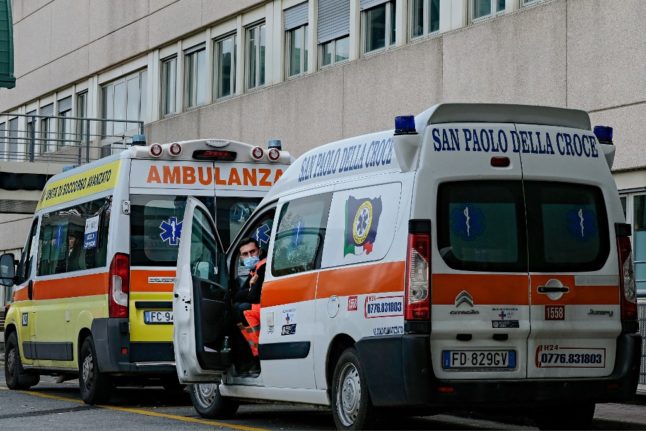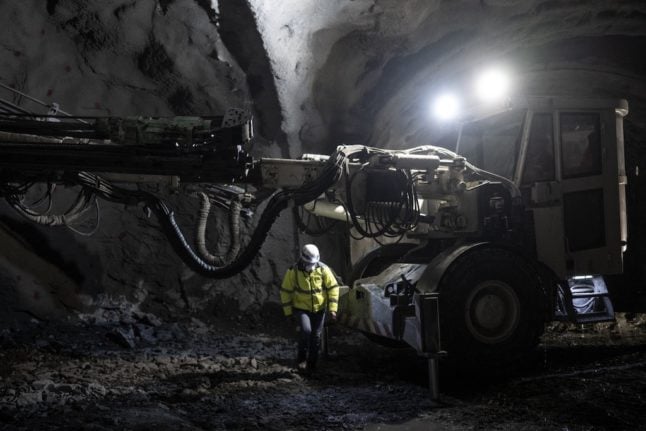Marco Bettolini, 47, was killed after losing consciousness and falling into a wine vat at the Ca’ di Rajo winery in San Polo di Piave near Treviso, reported Italian news agency Ansa on Friday.
An unnamed 31-year-old colleague was in hospital after inhaling the poisonous gases while trying to save him.
READ ALSO: Italian man crushed to death by falling cheese wheels
Bettolini’s death was the fifth reported in Italian workplaces on Thursday alone, Ansa reported.
In Bologna, a 52-year-old worker was run over and crushed by a moving vehicle at Marconi airport while resurfacing the runway.
One man in Naples reportedly fell ten metres to his death from a warehouse roof while installing solar panels, and another died after being hit by a waste collection truck.
READ ALSO: Three dead after blast in Italian explosives factory
Another worker was crushed to death by a lorry in the hold of a ferry operated by the Caronte & Tourist company in the port of Salerno.
Thursday’s deaths were the latest in a long series of deadly workplace accidents reported in Italy.
On Wednesday, three people were killed in an explosion at a factory in Chieti, Abruzzo.
Italian transport unions at the end of August called a strike in protest after five railway workers died and two were reportedly injured after being hit by a train during maintenance works in northern Italy.
Italy recorded 776 fatal accidents on the job in 2020, according to EU statistics agency Eurostat – by far the highest rate of any European country.
Head of the CGIL transport workers’ union, Maurizio Landini, said at the end of August: “There is so much anger… It’s time to say enough, enough deaths at work.”
Elly Schlein, head of the centre-left Democratic Party, demanded an urgent plan to stop workplace fatalities, saying Italy “cannot be a country where people continue to die at work.”





 Please whitelist us to continue reading.
Please whitelist us to continue reading.
Member comments